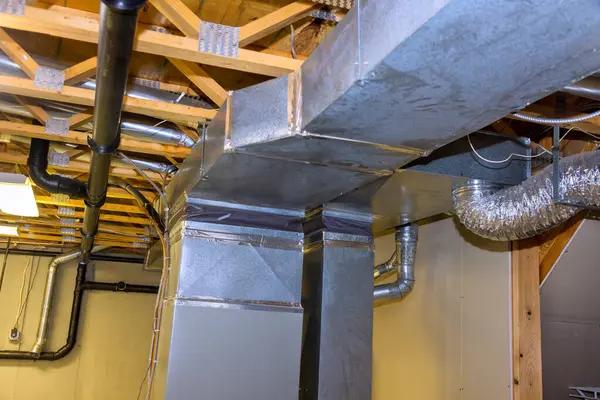Structural integrity inspection is a critical aspect of ensuring the safety and longevity of buildings. It involves assessing the condition and durability of a building’s structure, including its foundation, walls, floors, roofs, as well as other integral parts like pillars and beams. The primary goal is to identify potential issues early on and prevent catastrophic failures that could lead to significant property damage or even loss of life.
In recent years, advancements in technology have led to the development of reliable structural integrity inspection solutions that provide comprehensive assessments with greater accuracy than traditional methods. These innovative solutions use advanced tools and techniques such as non-destructive testing (NDT), 3D scanning, drone inspections, ground penetrating radar (GPR), infrared thermography among others.
Non-destructive testing allows for thorough examination without causing any damage or disruption to the structure. This method uses various techniques such as ultrasonic testing and radiographic testing which provide detailed insights into the internal state of structural elements. They can detect hidden flaws like cracks or corrosion that may not be visible on the surface but could compromise structural integrity over time.
Another popular solution is 3D laser scanning which provides highly accurate data about a building’s dimensions and overall structure. This technology captures https://www.kkforges.com.sg/structural-integrity-inspection millions of data points in just minutes providing a complete visual representation of the building in three dimensions. It facilitates easy identification of irregularities or deviations from original blueprints that might indicate structural problems.
Drone inspections offer an effective way to access hard-to-reach areas like rooftops or tall structures without risking human lives. Equipped with high-resolution cameras and thermal imaging capabilities, drones can quickly capture detailed images for further analysis by experts.
Ground penetrating radar (GPR) offers another powerful tool for inspecting foundations – an essential part when evaluating overall building safety. GPR uses electromagnetic waves to create images below surfaces detecting anomalies indicative of potential issues such as moisture intrusion or voids within concrete slabs.
Infrared thermography is another cutting-edge technology used in structural integrity inspections. It detects thermal differences on a surface, which can indicate issues like water leaks, insulation deficiencies, or electrical problems that could affect the building’s safety.
These advanced inspection solutions provide comprehensive and accurate data about a building’s structure. They enable early detection of potential issues, allowing for timely intervention and repair. This not only ensures the safety of occupants but also extends the lifespan of the building and helps maintain its value over time.
In conclusion, reliable structural integrity inspection solutions are vital for ensuring building safety. Through technological advancements like NDT, 3D scanning, drone inspections, GPR and infrared thermography; we can now conduct thorough assessments with greater accuracy than ever before – safeguarding our buildings while protecting lives.











